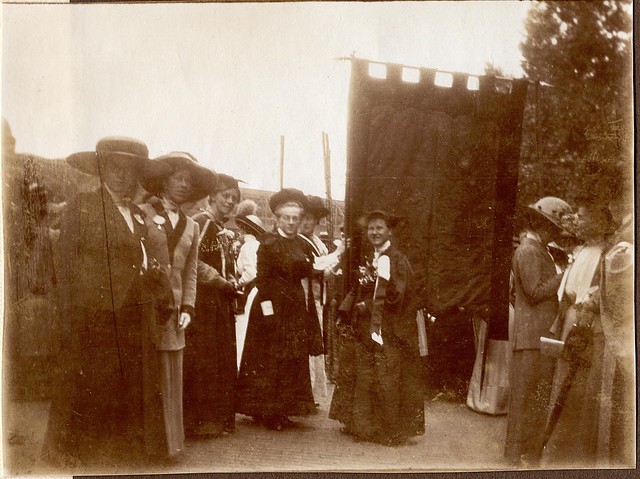Polychronicon 174: Votes for Women
Teaching History feature

The beginnings of the nationally organised campaign for women’s suffrage began with suffragists’ orchestration of the petition to Parliament in favour of female suffrage in 1866. The petition contained almost 1,500 names from across the country and was presented to parliament by the Liberal MP John Stuart Mill; it was met with shouts of derision. Undeterred, its organisers formed a committee to orchestrate further petitions, and a plethora of women’s suffrage societies soon followed nationwide – although many proved short lived as women grappled to find their political feet and agree on suffrage strategies. Eventually in 1897, the National Union of Women’s Suffrage Societies (NUWSS) was founded and later led by Mrs Millicent Fawcett as an umbrella organisation, bringing together many hundreds of societies from across the country. All were committed to shared federation rules and values, including the continuation of parliamentary methods of campaigning which, like its forebears, the NUWSS diligently and patiently pursued.
This resource is FREE for Secondary HA Members.
Non HA Members can get instant access for £2.49

